
| |
|
| |
| Our esteemed colleagues from China include Principle Investigators from Phase-I, mostly from DICP, as well as newly invited members from Chinese institutes spanning the country. | |
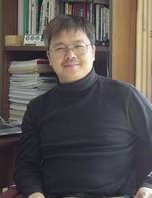
|
Xueming Yang
Professor and Group Leader State Key Laboratory of Molecular Reaction Dynamics Dalian Institute of Chemical Physics Ph.D. UC Santa Barbara 1991 Prof. Yang's research involves theoretical and calculative dynamics, Stereo-dynamics, dynamics of photo-dissociation and reactive scattering by means of crossed molecular beams, dynamics of femto second laser, ultra-fast dynamics in gas phase, laser application in the field of biology and catalysis, new short-wavelength chemical laser system and the stimulated Raman scattering study of chemical oxygen-iodine laser. |
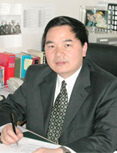 |
Xinhe Bao
Professor and Group Leader State Key Laboratory of Catalysis Dalian Institute of Chemical Physics Ph.D. Fudan University 1987 Professor Bao's group is teamed up around Material synthesis, Structural characterization, Reaction and Dynamics, Modeling and Simulation, devoting to fundamental research on the surface chemistry and catalysis dynamics, with the emphasis on the development and employment of nanotechnologies and in-situ analytical techniques in the study of catalysts and catalytic processes in order to understand the nature of catalysis. The four subgroups are working together revolving at specific catalysis processes such as catalytic conversion of methane and other light alkanes, selective hydrogenation of CO to oxygenates and active removal of CO from hydrogen at low temperatures for PEM fuel cell applications. |
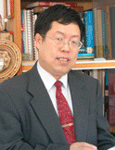 |
Can Li
Professor/Director State Key Laboratory of Catalysis Dalian Institute of Chemical Physics Ph.D. Dalian Institute of Chemical Physics 1989 Can Li is working on both fundamental and applied catalysis, and training the graduate students and post-docs to be the skilled experts in the catalysis and related fields. He tries to understand catalysis at the atomic, molecular as well as the nanometer scale, to understand the reaction mechanism from the study on adsorption, desorption, surface intermediates and time-resolved dynamics of the reactions; and to reveal the essential relationship between catalytic performance and the catalyst structure and composition, by using physico-chemical techniques, particularly in-situ vibrational and optical spectroscopies. Based on the understanding of the fundamental principles of catalysis, Can Li is applying them in the designing and developing of more selective and active catalysts for practical applications in environmental protection, energy conversion, fine chemicals production and preparation of materials. |
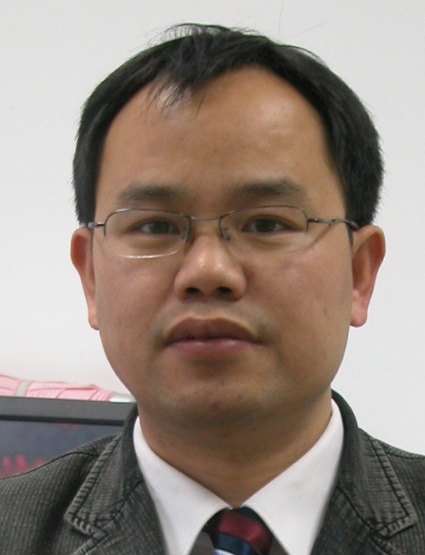
|
Wei-Xue Li Head of Theoretical Catalysis Group State Key Laboratory of Catalysis Dalian Institute of Chemical Physics Ph. D. Institute of Mechanics, Chinese Academy of Sciences 1998. Prof. Wei-Xue Li applies predictive-quality general methodologies by combining first-principles density-functional theory (DFT) calculations with thermodynamics for the control and understanding of the active sites and reaction path on surfaces, interfaces and nanoparticles under technologically relevant conditions, as well as their impacts on the catalytic activity and selectivity. |
 |
Donghui Zhang
Professor State Key Laboratory of Molecular Reaction Dynamics Dalian Institute of Chemical Physics Ph. D. New York University, USA 1994 Prof. Zhang’s research is aimed to develop efficient theoretical and computational methodologies to study quantum molecular dynamics in various systems. For small (3 or 4 atom) molecular systems, we pursue exact quantum mechanical scattering calculations to obtain all interesting information for chemical reactions, from the most detailed state-to-state reactive scattering cross sections to thermal rate constants. For chemical reactions involving more than four atoms, we are interested in developing reduced dimensionality models to achieve the most accurate dynamical results under current computer technology. To treat more complex molecular systems, Prof. Zhang’s group is pursuing use of the continuous-configuration time dependent self-consistent field (CC-TDSCF) method in combination with the transition state wave packet method. We are also interested in constructing highly accurate potential energy surfaces in order to apply the accurate dynamics method we developed to some specific systems of chemical interesting. |
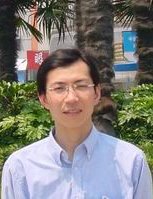 |
Jinlong Yang Changjiang Professor Hefei National Laboratory for Physical Sciences at the Microscale University of Science and Technology of China Ph.D. Center for Fundamental Physics, USTC 1991 Research interests include Molecules, Clusters, Nanoparticles, Surfaces; Theoretical and Computational Chemistry; Computational Condensed Matter Physics and Material Physics. Current research topics include DFT and TDDFT Studies of Atomic Clusters (fullerenes, transition-metal oxide clusters,...); STM Image and dI/dV Mapping Simulation; Theoretical Studies on Nanotubes (adsorption, deformation, doping,...); Transport Properties of Molecular Devices; Electronic Structure of Novel Surfaces and Bulk Materials; New Computational Methods and Codes. |
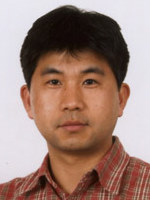
|
Anhui Lu Professor of Chemical Engineering School of Chemical Engineering Dalian University of Technology Ph.D. 2001: Institute of Coal Chemistry, CAS, Chemical Engineering Research Interests: Designed synthesis of porous carbon materials wih carious morphologies and pore strengtheners; spacially controlled disposition of catalysts in catalyst supports and their application of heterogeneous catalysis; synthesis and encapsulation of magnetic nanoparticles; magnetically separable catalyst for quasi-homogenous catalysis. |
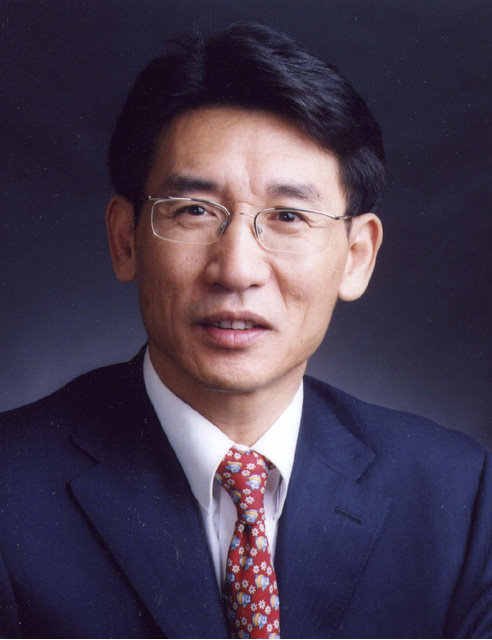 |
Qi-Kun Xue Professor, Member of C.A.S. National Tsinghua University Ph.D. Institute of Physics at Chinese Academy of Sciences (CAS) 1994. His main research interests are on the growth and atomic-level control of semiconductor thin film, and the novel physical properties and quantum effects in nanostructures (clusters, quantum dots/wires etc.) mainly using molecular beam epitaxy combined scanning tunneling microscopy, angle-resolved photoemission spectroscopy and surface magnetic-optical Kerr effect. |
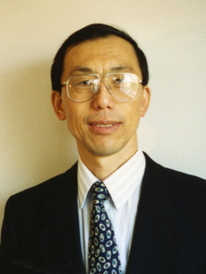 |
Jinping Zhang
Professor Suzhou Institute of Nano-Tech and Nano-Bionics Ph.D. Shenyang Institute for Metal Research, CAS 1986 Research Interests: Electron microscopy and electron diffraction; Microstructure and microanalysis of solid materials. Characterization of nano-matericals with nano-probe and their growth mechanism; Atomic surface structure of nano-probes. |
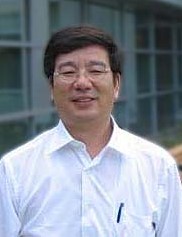 |
Dongyuan Zhao Professor of Chemistry Fudan University Ph.D. Jilin University and Dalin Institute of Chemical Physics (1990) Macro- and Microscopically Topological Construction of Highly Ordered Porous Materials Designed Synthesis, Assembly, Growth and Properites of Mesoporous Materials Structure and Synthesis Design of Novel Microporous Molecular Sieves Rational Synthesis and Organization of Novel Patterned Nanoscale Materials |
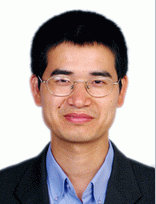
|
Nan-Feng Zheng Professor of Chemistry State Key Laboratory of Physical Chemistry of Solid Surfaces Xiamen University, Fujian China Ph.D. University of California-Riverside. (2005) Our research goal is to develop advanced nanomaterials for both fundamental research and practical applications, with particular interests in the following areas:
|
| |
Jie Fan Professor of Chemistry Key Lab of Applied Chemistry of Zhejiang Province Zhejiang University, Hangzhou China Ph.D. Fudan University, Shanghai, China (2004) The research projects in our group share the common mission of bringing the experience and strategies of material chemistry, photo-chemistry, bio-chemistry and interface chemistry to bear on contemporary problems in catalytic reactions that are in need of new experimental approaches. Selective C-H activation is a major focus area, with recent projects oriented toward the low-temperature, high-yielding alcohol-to-aldehyde transformation using molecular oxygen as the oxidant. In parallel, we are seeking new method to solve sintering problem of metal nanoparticles at elevated reaction temperature, which is one of biggest challenges to their long-term activities. Finally, we are developing new methodologies for the discovery of new catalysts using ink-jet printing technology and wavelet analysis. |